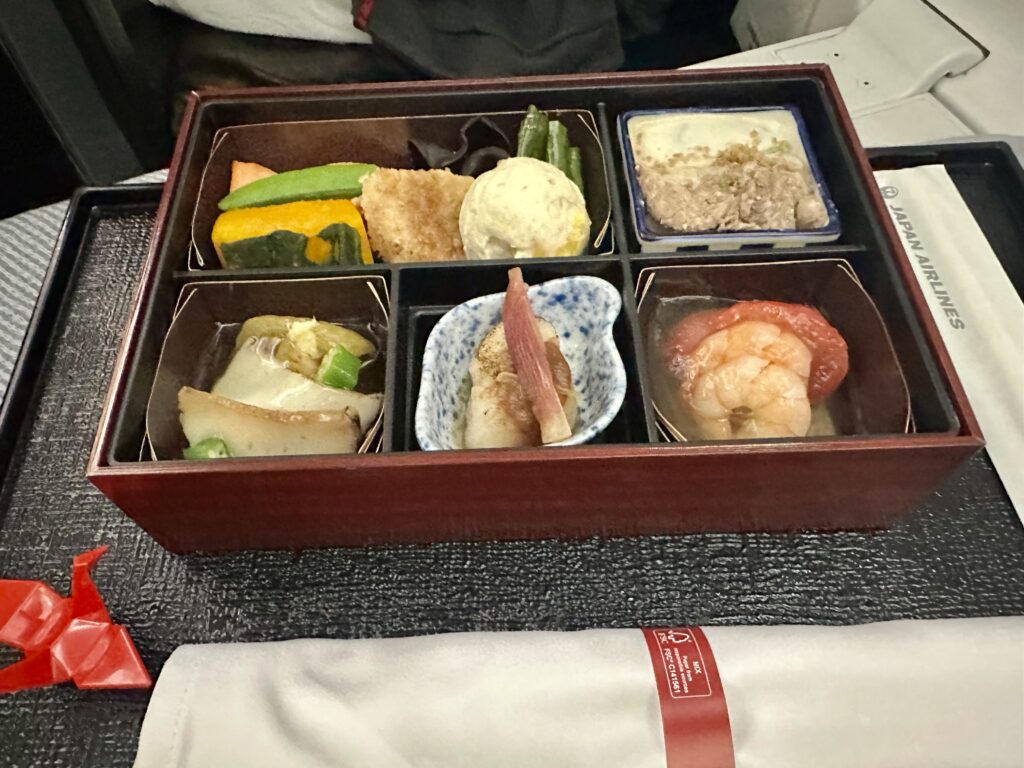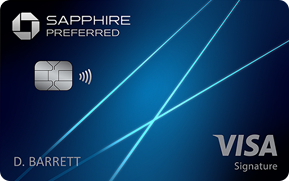
Have you ever dreamed of traveling the world for free (or nearly free) using points and miles? While it might sound complicated at first, starting your points and miles journey is easier than you think. This guide will walk you through exactly where to begin, step by step. So, where to start if you want to travel using points and miles?
Step 1: Sign up for airline and hotel Loyalty Programs
Your journey starts with loyalty programs. Airlines and hotels offer these programs to reward customers for their business, and they are completely free to join.

Why it matters: Loyalty programs allow you to earn points or miles every time you fly, stay at a hotel, or use a partner service. These points can later be redeemed for free flights, hotel nights, or upgrades.

What to do:
- Sign up for loyalty programs from airlines you are most likely to fly. Popular programs include Delta SkyMiles, United MileagePlus, and American Airlines AAdvantage.
- Join hotel loyalty programs like World of Hyatt, Hilton Honors, or Marriott Bonvoy.
- Keep track of your loyalty numbers using apps like AwardWallet to stay organized.
Pro Tip: Even if you don’t have immediate travel plans, start earning points now. Some programs, like Delta SkyMiles, don’t let your miles expire, so you can save them for future trips.
Step 2: Open a travel rewards Credit Card
Credit cards are one of the fastest ways to earn points and miles without frequent travel.
Why it matters: Many credit cards come with lucrative signup bonuses, which can be enough for a free flight or several hotel nights. For example, the Chase Sapphire Preferred card often offers a bonus of 60,000 points after meeting the minimum spend requirement (spend $4,000 in the first 3 months).
Chase Sapphire Preferred
You can earn a signup bonus of 60,000 Ultimate Rewards Points when you signup for the Chase Sapphire Preferred Credit Card and spend $4,000 in the first three months of card membership. This bonus alone is worth at least $1,200 in travel rewards when transferred to travel partners such as Hyatt!
REWARDS RATE
1x-5x
BONUS VALUE
$1,200
SIGN-UP BONUS
60,000 points
ANNUAL FEE
$95
Capital One Venture X
The Capital One Venture X card offers valuable rewards for travelers, including a 75,000 mile welcome bonus and premium travel benefits. With luxury perks like airport lounge access, statement credits, and anniversary miles bonuses, this metal credit card can elevate your next vacation.
REWARDS RATE
2x-10x
BONUS VALUE
$1,200
SIGN-UP BONUS
75,000 miles
ANNUAL FEE
$395
What to do:
- Choose a card that aligns with your travel goals. If you’re loyal to a specific airline or hotel chain, consider a co-branded card like the World of Hyatt Credit Card or the Delta SkyMiles Platinum Card.
- If you prefer flexibility, opt for cards like the Chase Sapphire Preferred or the American Express Gold Card, which allow you to transfer points to multiple travel partners.
- Pay attention to the minimum spending requirement to earn the signup bonus (e.g., spend $4,000 in the first three months).
Pro Tip: Don’t let annual fees scare you. For example, the $95 annual fee on the Chase Sapphire Preferred is easily offset by its travel protections, earning potential, and redemption flexibility.
Pro Tip: Did you know you can earn points for your next vacation just by booking tours? On our Maui Pineapple Farm Tour, we didn’t just learn about sweet Maui Gold pineapples—we earned sweet rewards too! Rakuten is a cashback platform that allows you to earn rewards for shopping online at thousands of retailers, including Viator, which specializes in tours and activities worldwide. By booking through Rakuten, you can stack rewards in two ways:
- Cashback: Rakuten typically offers a percentage of your purchase as cashback. For example, if you book a $100 tour on Viator and Rakuten is offering 5% cashback, you’ll earn $5.
- Amex Membership Rewards Points: If you link Rakuten to your American Express Membership Rewards account, the cashback you earn is converted into Membership Rewards points instead (e.g., $5 = 500 points).
Step 3: Refer your spouse or partner
Why it matters: Referrals can significantly boost your points balance while helping your partner earn their own rewards.

What to Do:
- Refer your spouse or partner to apply for a card you already have.
- Earn referral bonuses, like 15,000 Chase Ultimate Rewards points per referral.
- Combine points for joint travel plans, maximizing your overall rewards potential.
Step 4: Use your Card for everyday spending
Ditch your debit card and make your rewards credit card your primary payment method.
Why it matters: Every dollar spent earns you points or miles, and credit cards often include travel protections like trip insurance.

What to do:
- Use your card for daily expenses—groceries, gas, dining, and subscriptions.
- Pay off the balance in full each month to avoid interest charges.
Pro Tip: Some cards offer bonus points for specific categories, like dining or travel. Use the right card for each purchase to maximize rewards.
Step 5: Understand points valuation
Not all points and miles are created equal, so it’s essential to understand their value.
Why it matters: Knowing the value of your points helps you decide when to use them or save them. For instance, Hyatt points are often worth 1.5-2.0 cents per point, while Hilton points might be worth less than 1 cent per point.

What to do:
- Always calculate the value of a redemption before booking. For example, if a hotel room costs $300 or 20,000 points, your points are worth 1.5 cents each ($300 ÷ 20,000).
- Save points for high-value redemptions, like international business class flights or luxury hotel stays.
Step 6: Plan ahead for maximum value
Points and miles redemptions often require advance planning, especially for popular destinations.
Why it matters: Many airlines and hotels release award availability months in advance, so booking early increases your chances of snagging the best deals.

What to Do:
- Set alerts for award availability to monitor flight prices (for example, on Thrifty Traveler)
- Learn the cancellation policies for points bookings. For example, Hyatt typically allows free cancellations up to 24-48 hours before check-in.
- Be flexible with your dates and destinations to maximize your redemption options.
Pro Tip: Some loyalty programs allow you to hold award bookings temporarily while you finalize your plans. Take advantage of this feature when available.

Step 7: Leverage Transfer Partners
Premium credit cards often allow you to transfer points to airline and hotel partners, giving you more redemption options.

Why it matters: Transferring points to partners can significantly increase their value. For instance, Chase Ultimate Rewards points can be transferred to World of Hyatt, where they often provide excellent value.
You can read more about how we booked some of the best properties in the world, redeeming points, like Park Hyatt Kyoto (Hyatt points), Alila Ventana Big Sur (Hyatt points), or Hilton Waikoloa Village in Hawaii (Hilton points).
What to Do:
- Learn which partners your credit card supports. For example, Chase Ultimate Rewards points can transfer to United Airlines, British Airways, and Hyatt.
- Compare the cost of booking directly with your card’s travel portal versus transferring to a partner.
- Check transfer ratios—most are 1:1, but some, like Hilton Honors, may have a different ratio.
Pro Tip: Transfers are usually irreversible, so ensure there’s award availability before transferring points.

Step 8: Book off-peak and stay flexible
Why it matters: Traveling during off-peak times or being flexible with dates can save points and money.
What to do:
- Use tools like maxmypoint.com to find last-minute award availability.
- Check off-peak redemption rates for airlines and hotels to stretch your points further.
Pro Tip: Flexibility with dates often uncovers better deals, especially for premium cabins or luxury hotels.
Step 9: Know the bank rules
Banks and loyalty programs have specific rules that can impact your ability to earn and redeem points.
Why it matters: Understanding these rules helps you plan your strategy effectively and avoid missed opportunities.

What to do:
- Familiarize yourself with rules like Chase’s 5/24 rule (you can only open five credit cards in 24 months).
- Note restrictions like American Express’s “once per lifetime” rule for earning signup bonuses.
- Track your applications and account openings to avoid disqualifying yourself from future bonuses.
Pro Tip: Start with Chase cards if you’re new to the game since their 5/24 rule is the most restrictive.
Step 10: Start small with beginner cards
For those just starting, here are some beginner-friendly options:
- Chase Sapphire Preferred: Flexible points and excellent travel protections.
- World of Hyatt Credit Card: Great for earning free hotel nights and Hyatt-specific perks.
- Southwest Rapid Rewards Plus Card: Perfect for domestic travelers who value simplicity.
Bottom Line
By following these steps, you’ll be well on your way to unlocking the incredible world of points and miles. Remember, the key to success is understanding the value of your rewards, planning strategically, and staying organized. Happy travels!




